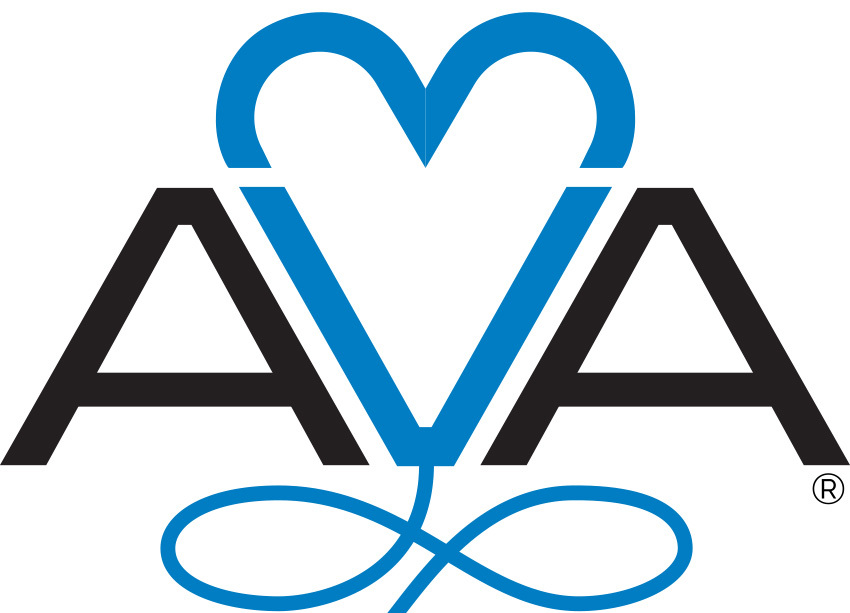Abstract
The use of vascular access devices is an inherent component of health care today. The varied situations calling for these devices include: the administration of antibiotics, fluids, pain medications, blood and blood products, and parenteral nutrition; hemodynamic monitoring; and blood sampling. Although these devices are common in the health care environment, they are not without risks. The most common life-threatening complication associated with central venous catheters is infection. Catheter-related bloodstream infection (CRBSI) is caused by colonization of the catheter, contamination of the catheter hub or infusate, and/or contamination of the catheter from the skin of the patient or health care worker. The health care worker, such as the vascular access nurse, can affect CRBSI rates by implementing the most current technologies; maintaining current knowledge related to intravenous therapy; implementing, and maintaining aseptic technique; and incorporating the standards, guidelines, and preventive strategies associated with vascular access nursing. This article provides an overview of central venous catheters (CVCs), the issue of CRBSI and CVCs, practice and technologies developed to prevent or decrease infections, current standards and guidelines, and preventive strategies.
Abstract
Catheter malposition is a common occurrence with the insertion of peripherally inserted central catheters (PICCs). Santa Rosa Memorial Hospital (SRMH) in Santa Rosa, California, trialed and implemented a new tip location device to evaluate whether malposition rates could be reduced. This article compares 6 months of data. Three of these months were compiled before using the tip locator device. The right atrial malposition rate remained consistent at 18% with or without the use of the tip locator device. All other malpositions were 13.4% without use of the tip locator. The overall malposition rate was 2.5% with the use of the tip locator device. By using this technology, supply and labor costs were reduced, as were referrals to interventional radiology and delays in treatment. Overall staff satisfaction improved.
Abstract
A patient experienced complications following insertion and use of 2 similar vascular access devices with tip termination apparently in the subclavian veins. The thrombotic complications that developed were identified and reported in the first incident (a) as an occluded catheter, and then (b) as bleeding complications with delayed reporting for 8 days with the second catheter. The result was symptomatic deep vein thrombosis, thoracic outlet syndrome, and permanent nerve damage in both right and left extremities used for the venous catheter. The patient brought charges of malpractice against the hospital, the home care company, one nurse, and the manufacturer, alleging permanent nerve damage, venous occlusion, and chronic pain syndromes associated with both upper extremities. During the subsequent trial, evidence of permanent loss of function to the patient's left arm and chronic pain to both arms was presented through documentation of loss of fitness and inability to perform actions necessary to his chosen career as a pilot. The pain and loss of function were directly related to terminal tip placement of the catheter and care provided in conjunction with the venous catheter. The jury trial awarded the patient a final judgment of $7.15 million, with the hospital 55% liable and 45% liability among the other defendants. The jury also added some hospital physicians to the liability of the treatment and resulting patient harm. Nurses caring for patients have a duty to assess and evaluate the patient for complications on an ongoing basis, administer the prescribed therapy, and consistently provide communication with the primary physician specific to the assessment findings. A specialized nurse or certified intravenous nurse (CRNI) is held to a higher level of knowledge, understanding, and function. In this case, a CRNI was providing care for the patient both through hospital and outpatient home care services. Medical professionals and hospitals can reduce the likelihood of liability related to adverse events with venous catheters by acquisition of current education on the devices they insert and maintain; by updating and adhering to policies and procedures based on Standards of Practice and manufacturer instructions for use; by thorough documentation of care; and by conscientious reporting of patient clinical signs and symptoms. The goal of achieving safe patient care with vascular access devices is only possible through consistent education processes with all associated clinical staff.
Catheter-Related Central Venous Thrombosis: The Development of a Nationwide Consensus Paper in Italy
Abstract
Catheter-related central venous thrombosis is a serious complication in patients who need long-term venous access. Though scientific data and clinical experience are steadily increasing, many uncertainties still exist about several aspects of this complication, including etiology, pathogenesis, diagnosis, management, and prevention of this complication. The GAVeCeLT (the Italian Study Group for Long Term Central Venous Access) promoted a nationwide consensus, and 12 experts reviewed systematically all the available literature. A preliminary document was presented and discussed during a specific Consensus Meeting, in front of a panel of more than 80 experts (representing different health professions and disciplines). This led to a prefinal document, which was presented to more than 800 health professionals. After peer review by an external board of experts, the final document was prepared. In this article, methodology and results of the consensus are presented.
